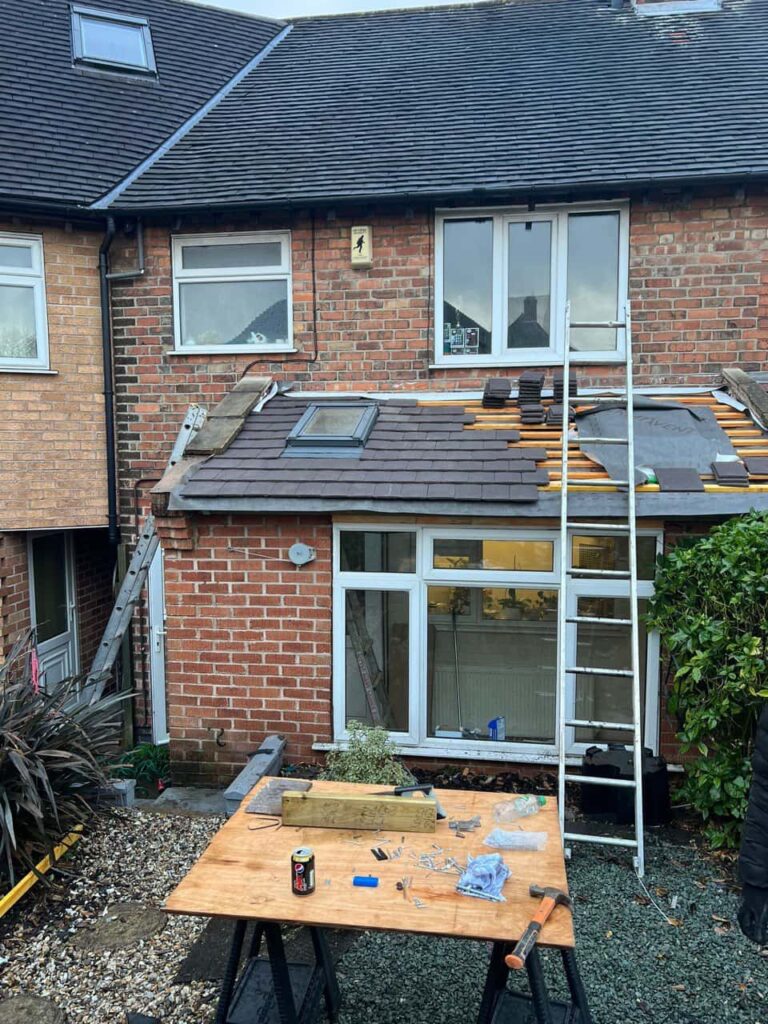Introduction: When it comes to roofing materials for low-slope and flat roofs, property owners often seek solutions that offer durability, affordability, and ease of installation. Felt roofing, also known as built-up roofing (BUR), has been a popular choice for such applications for decades. However, some may question its suitability for these specific roof types. In this blog post, we’ll delve into the characteristics of felt roofing and explore whether it’s a viable option for low-slope and flat roofs.
Understanding Felt Roofing:
Felt roofing is a traditional system comprising multiple layers of bitumen-saturated roofing alternated with layers of bitumen or asphalt. These layers are typically built to create a waterproof membrane that protects against water infiltration, UV exposure, and other environmental elements. Felt roofing is known for its affordability, versatility, and ability to withstand various weather conditions.
Suitability for Low-Slope and Flat Roofs:
- Waterproofing Capability: One of the primary considerations for low-slope and flat roofs is effective waterproofing. Felt roofing excels in this aspect, as its multiple layers and built-up structure create a seamless and durable waterproof membrane. This makes it well-suited for roofs with minimal slope, where water drainage may be slower compared to steep-pitched roofs.
- Flexibility and Adaptability: Felt roofing materials offer flexibility and adaptability, allowing them to conform to the contours of low-slope and flat roofs without compromising integrity. This flexibility ensures a snug fit and proper sealing around roof penetrations, edges, and transitions, reducing the risk of leaks and water damage.
- Weight Distribution: Unlike rigid roofing materials that may pose structural concerns on low-slope or flat roofs, felt roofing distributes its weight evenly across the roof surface. This characteristic helps minimise the load on the underlying structure, making it suitable for buildings with limited load-bearing capacity or those requiring lightweight roofing solutions.
- Installation Considerations: Proper installation is crucial for the performance and longevity of felt roofing on low-slope and flat roofs. Experienced roofing contractors can ensure that the layers are applied correctly, seams are securely sealed, and adequate drainage provisions are in place to prevent ponding water. Additionally, incorporating features such as tapered insulation can facilitate water runoff and enhance drainage efficiency.
Conclusion: Felt roofing is a suitable and practical option for low-slope and flat roofs, provided it is installed regularly and maintained. Its waterproofing capability, flexibility, weight distribution, and compatibility with various roof configurations make it a viable choice for property owners seeking reliable and cost-effective roofing solutions.
Call us on: 0208 103 3898
Click here to find out more about Chislehurst Roofing Repairs
Click here to complete our contact form and see how we can help with your roofing needs.

